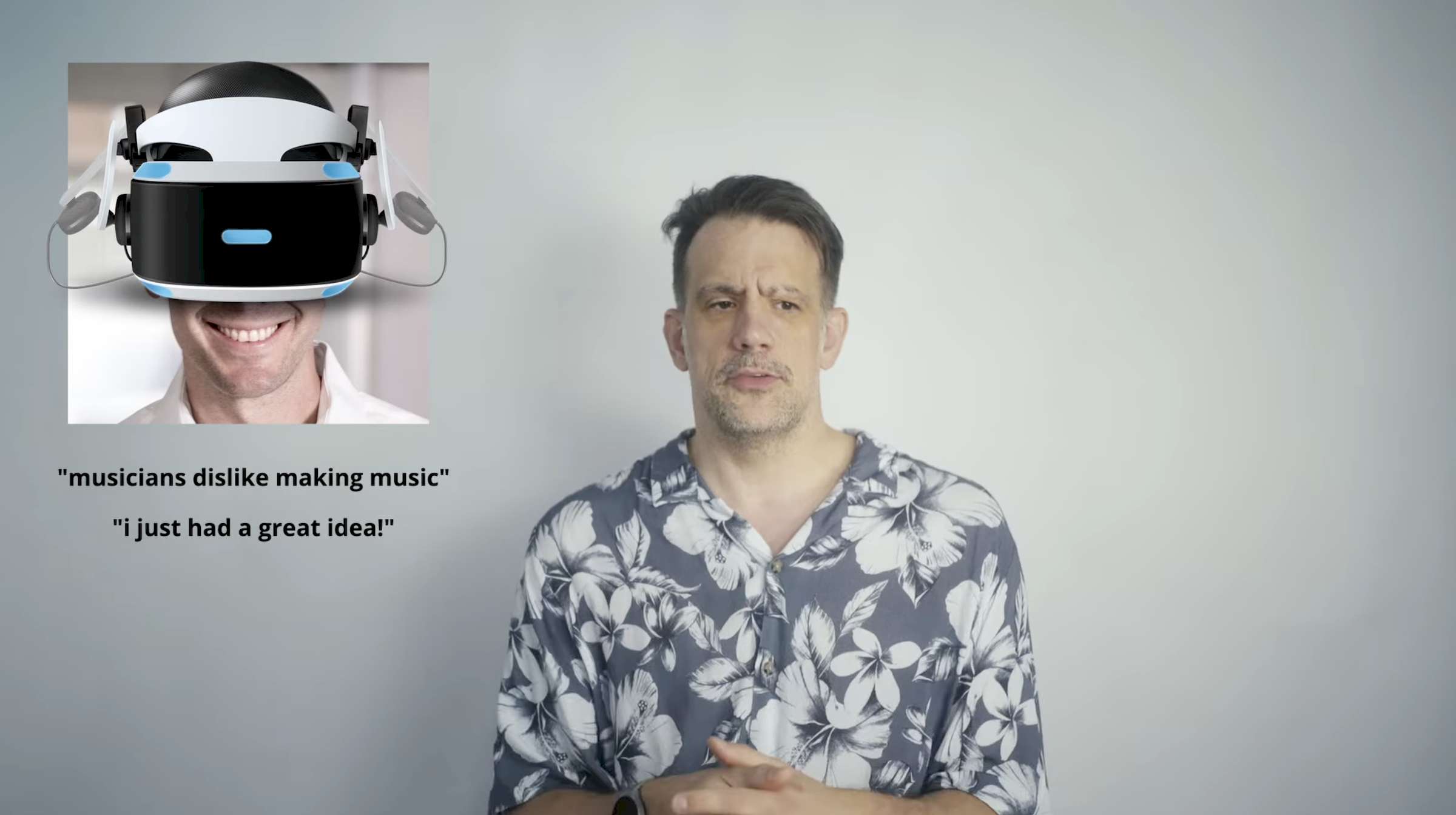The AI Hype Bubble: A Tech Industry Delusion
A computer scientist passionately argues against the current overblown hype surrounding AI. Many companies blindly follow trends, viewing AI as a panacea rather than a practical tool. This hype leads to wasted funds, misallocated talent, and even sacrifices of privacy and freedom. He contends that only a small fraction of AI hype is based on useful facts, with the rest being exaggerated nonsense, ultimately harming investors and smaller businesses. The author urges readers to approach AI rationally and avoid being swept up by media and popular opinion.




















